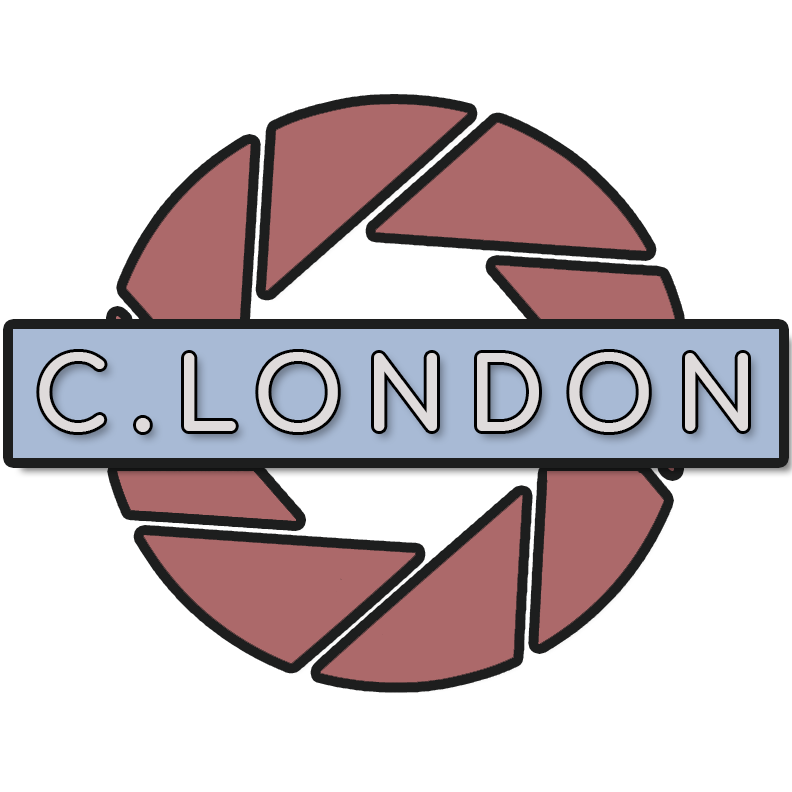Online Photography Workshops
Online Photography Workshops with internationally recognized travel and portrait photographer, Chelsea London. Only $5 for the months of April and May.
2019: In Review
A collection of photos from documentary travel photographer Chelsea London from 2019.
52 Weeks of Photography : 2020
Welcome to the second iteration of my 52 week photography challenge: New and Improved!
A Prague Honeymoon
It’s never too late for a honeymoon. Four years after saying “I do” on their Halloween wedding, Carly and Jay came to Prague to celebrate their nuptials.
Trieste Street Photography
The streets of Trieste emanate life day and night. Having spent only three days there, I felt the energy of this eclectic city from its Grande Canal to its concrete lined beaches. I hope to return again, if only for the vegan pizza.
Prague Pride 2019
The phrase: ‘through the rain comes a rainbow’ took on a new meaning with today’s Pride in Prague. While the rain relented, as did the joy, love, acceptance, and straight up fun.
Compositional Guidelines for Better Photography
There are many visual tools in your artist’s toolbox which help create more striking visual narrative. One such toolset includes so called “compositional rules.”
An Artist in Výstaviště
Garrett Paknis is a musician and artist based out of Berlin. We hit Výstaviště to take advantage of its hard lines and striking architecture. A high contrast person deserves a high contrast backdrop.
Sunrise Proposal
Joe and Hannah had their trip to Prague planned to a tee - what Hannah didn’t know was Joe had a little surprise in store. With the sun rising over Letná park, overlooking the Vlatava, Joe proposed, and Hannah, with the utmost enthusiasm and love, agreed.
Red Hot Chilli Petra
The colours of Prague lend for a vibrant and diverse backdrop for any type of portrait photography. The beautiful Petra just makes it even more dynamic.
India: Country of Contradictions
Certain locations resonate on a different level. India is one such place - a country of extremes. A country that knows that it makes it special, and embraces it. My time in India touched upon only a small segment of this larger-than-life sub-continent, and left me wanting more.




















